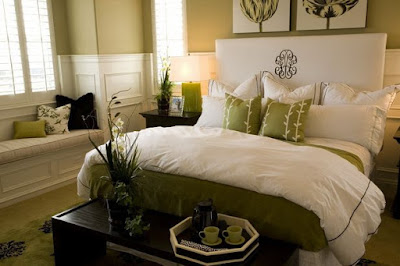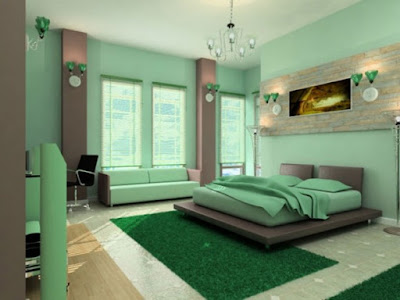Tips for Installing Lighting in a Living Room With No Fixtures
 While it may seem unusual for builders to dispense with installation of ceiling light fixtures in living rooms, the problem does present itself now and then. This was a design choice most often found in homes built between the 1950s and the 1970s. Designers during that period apparently eschewed the old fashioned ceiling medallions and fixtures of their predecessors. In this situation, homeowners must devise their own lighting solutions.
While it may seem unusual for builders to dispense with installation of ceiling light fixtures in living rooms, the problem does present itself now and then. This was a design choice most often found in homes built between the 1950s and the 1970s. Designers during that period apparently eschewed the old fashioned ceiling medallions and fixtures of their predecessors. In this situation, homeowners must devise their own lighting solutions.Solving the Problem
Solve the problem in several ways. Most modern day homeowners would say there is a need for some kind of overhead lighting source in a living room today. After all, entering a dark room and fumbling for lamp switches is unsafe and inconvenient. If no overhead fixture exists, homeowners can solve this problem with either remedial improvements or creative additions to the room.
Remedial Installations
Correct the problem by installing new ceiling fixtures. Recessed lighting, also known as pot or can lights, is very popular. They are relatively easy to install and provide a pleasant general wash of light throughout the room. Even if access to any wiring coursing through the living room ceiling is not possible, through an attic or second story floor, an experienced electrician can fish new electrical lines through the ceiling rafters and install these lights. Wall switches, placed at any entrance to the living room, operate these new lights. Consider placing the light on a dimmer switch if they use incandescent lamps: some halogens, and all compact fluorescent lamps (CFL), are not dimmable.
Broad Wash Floor Lamps
Place a series of floor lamps throughout the living room. These floor lamps should accept higher wattage lamps, such as incandescent or halogen lamps, and should have lampshades or bowls that point up toward the ceiling. The light from these floor lamps will wash the walls and the ceiling and provide general illumination for the room. Be cautious about using halogen bulbs 100 watts or greater: they generate tremendous heat and can present a fire hazard if they touch flammable materials or if knocked over. Install electrical outlets controlled by wall switches so you can turn on these floor lamps from any entrance into the room. Consult with a qualified electrician about installing these switched outlets.
Cove Lighting
Construct a wooden trough or cove around the perimeter of the living room just below the ceiling line. Install a line of florescent tube fixtures, or new LED lights, inside the cove and wire them to wall switches at the entrances. The cove lights will wash the ceiling with a gentle light to provide broad illumination. Use warm spectrum tubes in fluorescent cove lights for best results.
Switched Lamps
Purchase and install a few large table lamps and place these on switched outlets. Place the switches at the entrances to the room. Another alternative is to install remote controlled (RC) switches in normal wall outlets. The remote transmitters are turned on and off with the use of remote control devices installed in place of normal wall switches. Many RC designs include more than one controller. Nine-volt batteries power these remote controllers; they will need changing on occasion.











Comments
Post a Comment